Hungarian imbalance: wrong incentives causing extreme prices
Market Expert, Gábor Szatmári explains why we are seeing an increasing amount of negative imbalance price periods in the Hungarian power market, what is driving these events and what needs to change in order to find solutions.

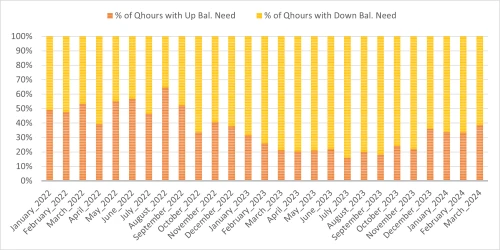

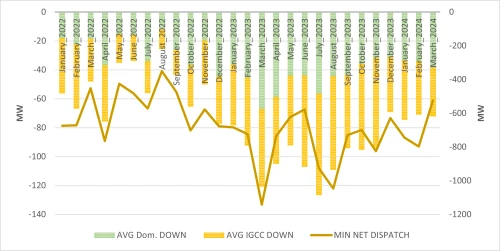
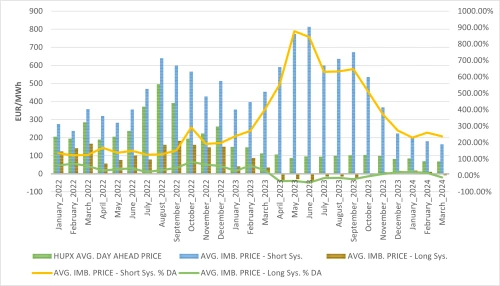
We have power price simulations until 2060 giving you a clear indication of future developments.

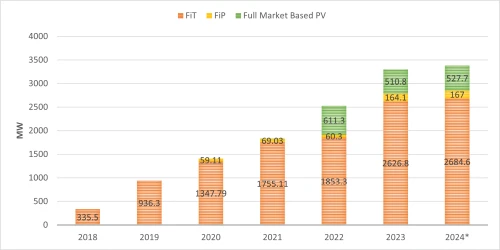
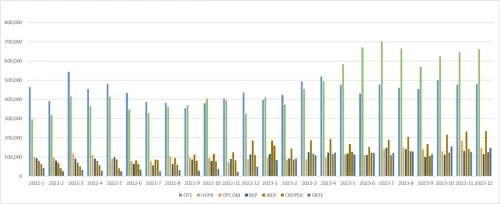
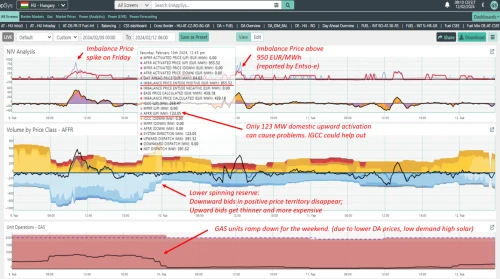
Chart 1 - HU Imbalance prices vs Balancing activations per source
Chart 2 - aFRR available volumes by price class – makes it easier to spot expensive, more sensitive periods
Chart 3 - aggr. HU gas unit generation
Looking for European energy market data?